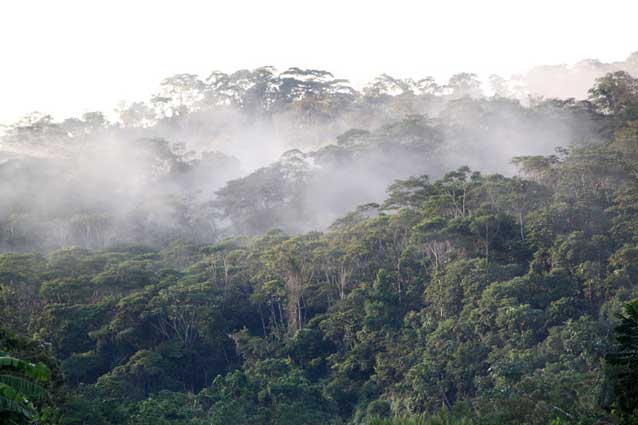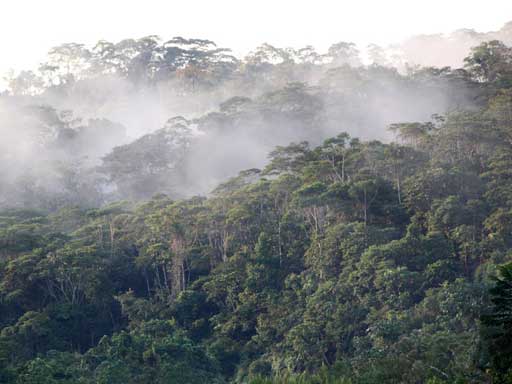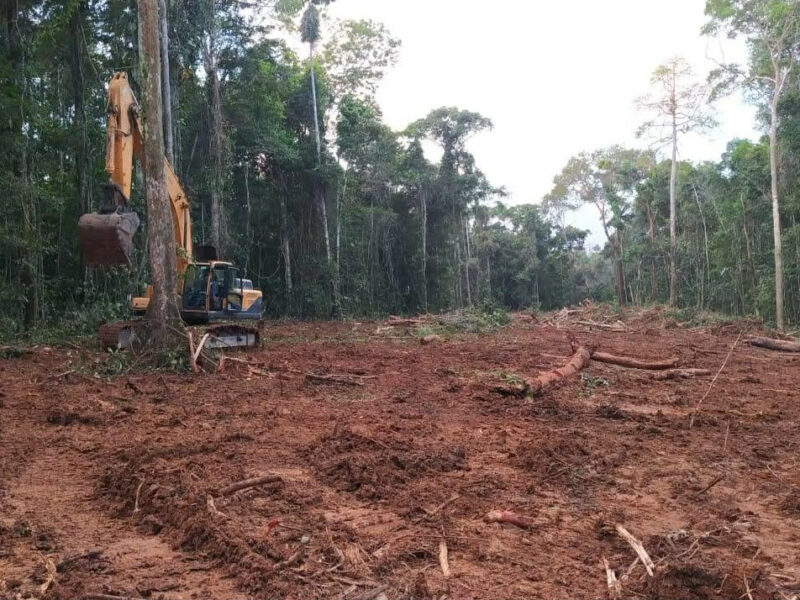
Last month Ecuadorian President Rafael Correa issued an apology for the oil spill that wreaked havoc on communities and ecosystems throughout the Amazon Basin. The 420,000-gallon spill flowed downstream to Peru and has impacted at least 32 indigenous communities in the Amazonian province of Loreto, prompting the Peruvian government to threaten legal action. Brazil, worried that the spill will reach its border, has alerted its navy, and Ecuador has hired U.S. company Oil Spill Response to test for contamination in Brazil and Colombia. The spill serves as a stark reminder that Peru is subject to downstream contamination from any spill in Ecuador, as the headwaters of the Amazon begin in Ecuador and flow through Peru, and in some cases, into Brazil and Colombia.
What the media narrative has largely missed is that there is an oil spill nearly every week in Ecuador. Just between 2000 and 2010 there were 539 oil spills. The pipeline that ruptured and caused the most recent spill has been a frequent source of spills over its 40-plus year history. Currently operated by state-run oil company Petroamazonas, it was built by Texaco and completed in 1972. Like all of Texaco’s Ecuador operations (Chevron acquired Texaco in 2001), it was done on the cheap. Choosing to save money, Texaco chose a pipeline right of way that was shorter and thus cheaper, but passed through some of Ecuador’s most geologically complicated and seismically active areas. The pipeline spilled 16.8 million gallons alone during Chevron’s 28-year tenure.
So why is this spill gathering international media attention while hundreds of others go unreported?
Part of the answer is that the latest spill comes as Ecuador is planning a massive expansion of oil drilling to other parts of its still-pristine southeastern Amazon. The region is Ecuador’s last remaining tract of virgin rainforest and is home to seven indigenous nationalities. If oil companies bid on the blocks, oil spills in the Amazon are likely to rise dramatically. However, the financial, environmental, and legal risks may be too much for investors to stomach. Despite a series of setbacks, the Ecuadorian government is still courting bidders.
New Attempts to Drill in the Amazon
The Ecuadorian government is attempting to auction off eight million acres of the Ecuadorian Amazon to oil companies, but has faced serious setbacks that are dissuading many investors from bidding on the oil blocks. At the launch of the round over twenty companies including BP, Andes Petroleum, Schlumberger, Repsol, ENI, Pacific Rubiales, and the state oil companies of Peru, Colombia, Mexico, Chile, Turkey, Vietnam, Belarus, Indonesia, and China expressed interest. Although none of the companies will disavow their interest in the round, it increasingly looks like Chinese companies may be the only ones that will dare to bet on the controversial blocks.
The indigenous nationalities have mobilized against the round, and have issued a declaration of opposition. The auction’s opening was met with fierce protests in Quito, and global protests against the round have garnered media attention from The Guardian, The Wall Street Journal, Le Monde and dozens of other publications (including the largest papers in Ecuador). NBC’s Ann Curry traveled to Ecuador to profile the oil round, and Avaaz.org gathered over a million signatures against the new attempt to drill in the Amazon.
A Tough Sell
Bidding on the oil round is so risky that Analytica Investments titled their report on the round A Tough Sell. It highlights the financial, environmental, and legal risks associated with the concessions. Even the Ecuadorian government has labeled the blocks “high risk,” noting that only one in three exploratory wells is likely to find any oil. Carlos Larrea, one of the authors of a study by the Universidad Andina, says that even the government’s estimates are overly ambitious. He notes that reserves on the Peruvian side of the border were “much lower” than the government hoped and that as a result the North Peruvian pipeline transports just a third of the oil it was designed for.
Analytica reports that “even with scaled-down expectations the success of the round faces significant hurdles.” These include “the government’s attempts to cap returns, limiting the possible upside on government investments” and unusually high government royalties.
The report notes the landmark ruling for the Kichwa of Sarayaku at the Inter-American Court of Human Rights. The ruling ordered the Ecuadorian government to pay $1.34 million in damages for allowing oil company CGC to explore for oil without proper consultation from the Sarayaku and for placing tons of explosives on their land. The report accuses the Ecuadorian government of “downplaying the damage the explosive charges of the indispensible seismic work [in the XI Round] would inflict.”
It also mentions that an Ecuadorian court ordered Chevron to pay $19 billion in damages and cites industry executives who say, “the risk of unrest and legal challenges hampers the outlook for a successful tender,” which could make the oil auction “Ecuador’s second in a row to fail.” That mirrors former Ecuadorian minister of non-renewable resources Wilson Pastor’s recent admission Ecuador may not receive many bids from non-Chinese companies.
Selling Out to China
That’s because Chinese companies may be willing to ignore controversy and accept the risks involved in drilling in the Amazon without the consent of local communities. China is the primary recipient of Ecuadorian crude oil. As a result, there has been an increase in Chinese oil companies operating within the country, almost entirely in the Amazon region. The main Chinese companies operating in Ecuador are Andes Petroleum and PetroOriental, both joint ventures between the China National Petroleum Corporation (CNPC) and Sinopec.
As it now stands, China’s loans to Ecuador surpass $7 billion. Ecuador owes China approximately 19% of its GDP, and if current negotiations with China Development Bank tied to 72,000 barrels per day go through, Ecuador will owe 75% of its oil exports to China; roughly the same number that went to the United States prior to the Correa administration. Many question the validity of Ecuador’s sovereignty given its rising debt to China.
Still, there may be a chance to hold China accountable. The Chinese government recently issued two frameworks for overseas operations that may prove to be important accountability checks. The Green Credit Guidelines set social and environmental responsibility standards for Chinese bank loans, and the Guidelines for Environmental Protection in Foreign Investment and Cooperation set environmental standards for Chinese companies operating internationally and for partner companies.
A Series of Setbacks
In Fall 2012 the government was forced to remove five of the most controversial oil blocks from the original tender. In March it reduced expectations even further by stating that it was expecting bids on only six to ten oil blocks (down from the original 21).
In late April, presumably because it had not received enough interest from potential bidders, the government announced that it was extending the deadline for companies to offer bids from May 31st to July 16th. Two days later, Wilson Pastor, the minister who was in charge of the oil round, announced his resignation. With the future of the Ecuadorian Amazon in their hands, it looks like many investors are asking Ecuador some very serious questions about its new oil round.














